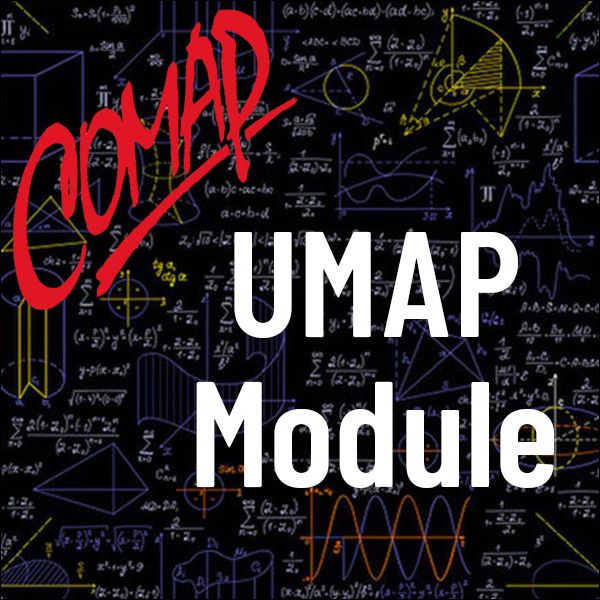Mercator's World Map and the Calculus (UMAP)
Author: Philip M. Tuchinsky
A unit that applies calculus and trigonometry within the topic of Mercator's World Map. The history of Mercator's map is discussed as well as its uses.
Table of Contents:
1. MERCATOR'S ACHIEVEMENT
1.1 A Strategy for Navigation with Map and Compass
1.2 Rhumb Lines
1.3 The Need for a Map on Which Rhumb Lines are Straight
1.4 Mercator's Successful Map
1.5 Modern Navigators Use Mercator Charts
1.6 The Integral sec phi dphi is Involved
2. CALCULUS AND THE MERCATOR MAP
2.1 The Framework of the Mercator Map
2.2 Horizontal Distances at Latitude phi Get Stretched
2.3 Mercator's Insight: Vertical Distances Must Also be Stretched
2.4 The Vertical and Horizontal Stretching at Latitude phi Must Be Equal
2.5 Summary: How We Get Straight Rhumb Lines
2.6 How to Place the Parallels of Latitude
3. MORE HISTORY
3.1 Mercator's Map: Cartography in His Time
3.2 Edward Wright's Discovery
3.3 Later Mathematical History
4. SEVERAL CALCULATIONS OF THE INTEGRAL sec x dx
4.1 The Usual Integration
4.2 A Partial Fractions Integration
4.3 Gregory's Form of the Integral
5. A SERIES FOR THE INTEGRAL sec x dx
5.1 Derivation of Wallis' Series
5.2 Numerical Approximation of the Integral
6. WHAT HAS CALCULUS CONTRIBUTED TO THE MERCATOR PROJECTION?
7. REFERENCES
8. ANSWERS TO EXERCISES
9. SPECIAL ASSISTANCE SUPPLEMENT

Mathematics Topics:
Application Areas:
Prerequisites:
You must have a Full Membership to download this resource.
If you're already a member, login here.